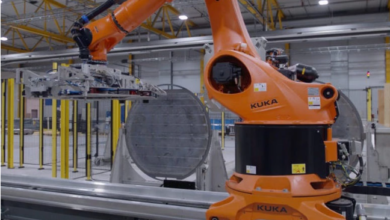Rio Tinto, Arena to explore hydrogen in alumina refining
Exploring these new clean energy technologies and methods is a crucial step towards producing green aluminium.

Rio Tinto and the Australian Renewable Energy Agency (Arena) partnered to study the scope of replacing natural gas with hydrogen in alumina refineries to combat emissions.
The feasibility study will see a $1.2 million investment, where Arena will equally provide $580k in a grant.
The study consists of two main parts. First, it will conduct the preliminary engineering and design study to understand the building and operational requirements of a potential demonstration project at the Yarwun alumina refinery in Gladstone, Australia. Secondly, it will simulate the calcination process using a lab-scale reactor at the Bundoora Technical Development Centre, where hydrogen is now added to the development capability.
The study aims to investigate a potential technology to help decarbonise the Australian alumina industry. If successful, the knowledge can lead to the implementation of hydrogen calcination technology internationally. Rio Tinto plans to decarbonise its sites and help provide a lower-emissions pathway for Rio Tinto and the global aluminium industry.
Once completed, the study will inform the viability of a potential demonstration project. Rio Tinto has lodged patents for the hydrogen calcination process.
Rio Tinto aims to reach net-zero emissions across its operations by 2050 and target a 15% reduction in absolute emissions and a 30% reduction in emissions intensity by 2030, from a 2018 baseline.
Darren Miller, CEO of Arena, said, “If we can replace fossil fuels with clean hydrogen in the refining process for alumina, this will reduce emissions in the energy and emissions-intensive refining stage of the aluminium supply chain.”
Daniel van der Westhuizen, Rio Tinto Aluminium Pacific Operations acting MD, said, “We see the Arena and Rio Tinto-funded study as a step towards reducing refinery emissions and one that has the potential to play an important part in Rio Tinto’s commitment to decarbonisation.”
